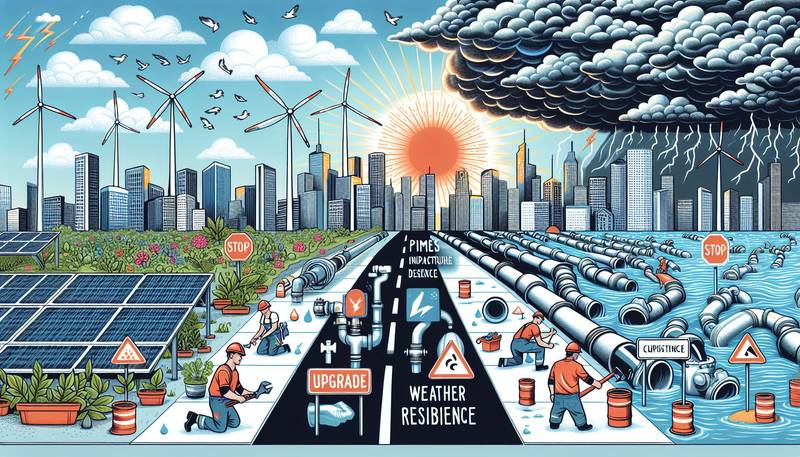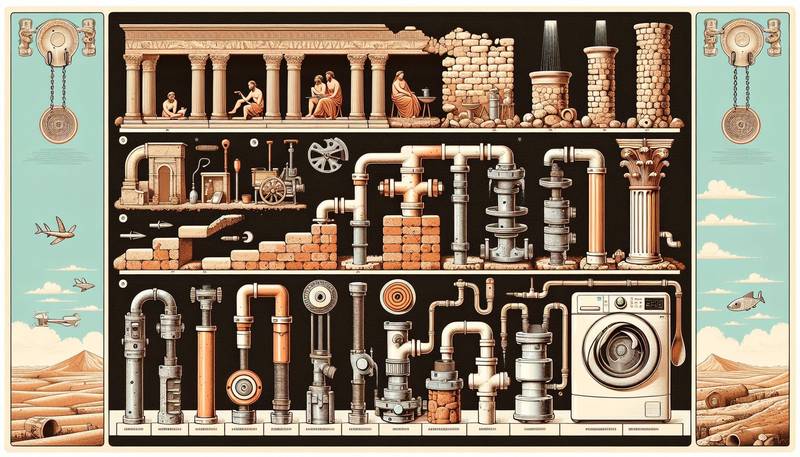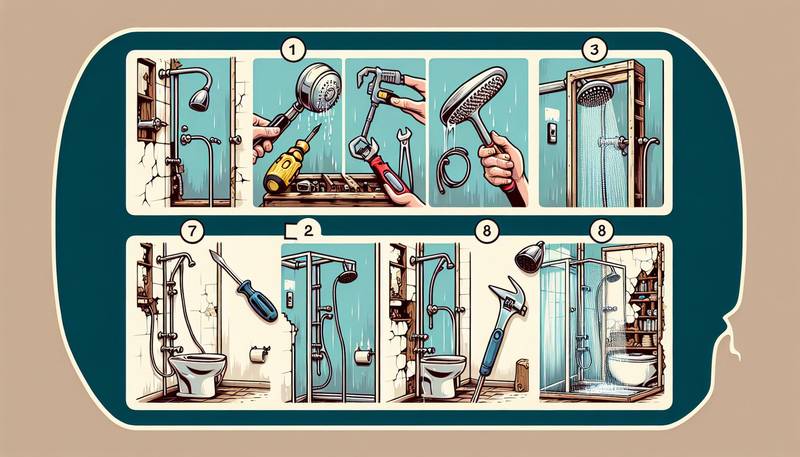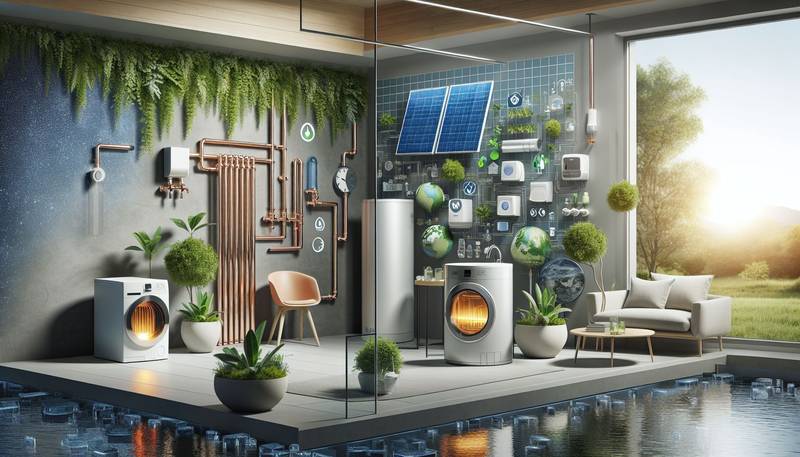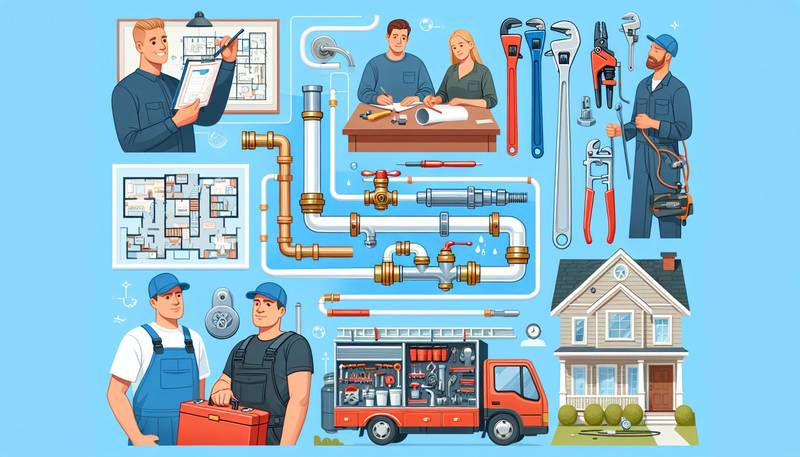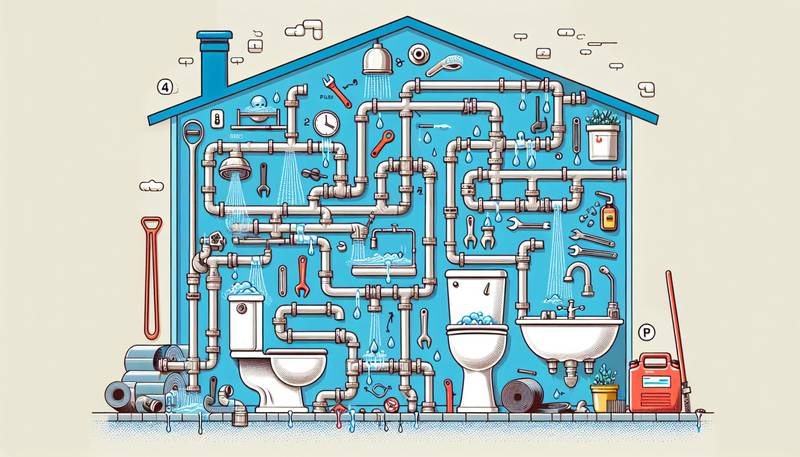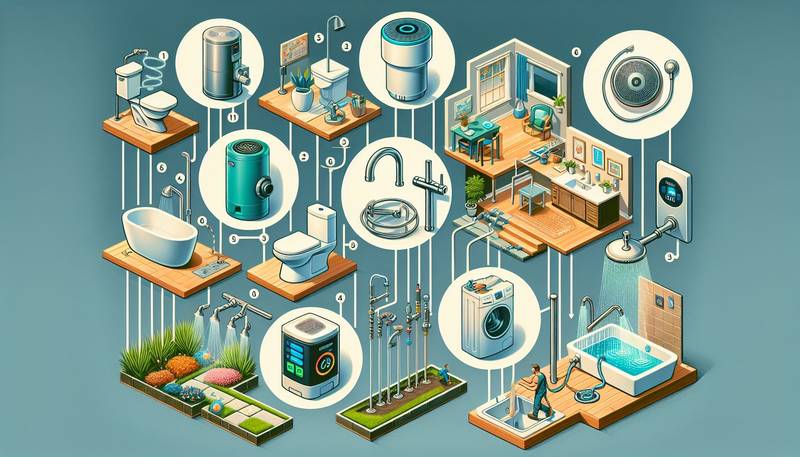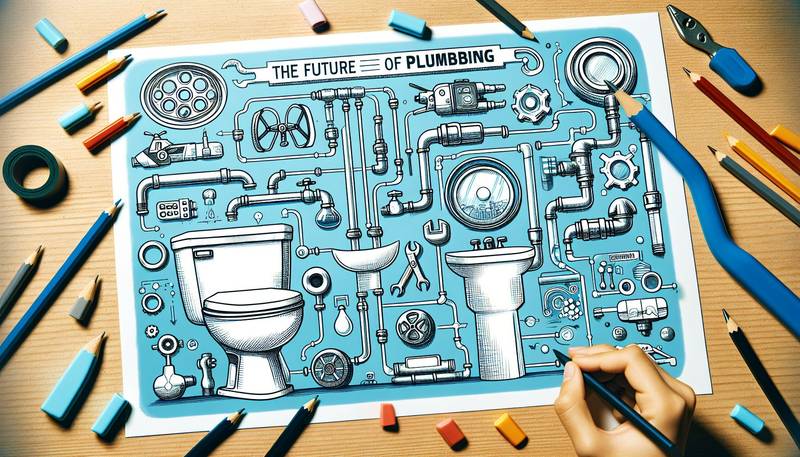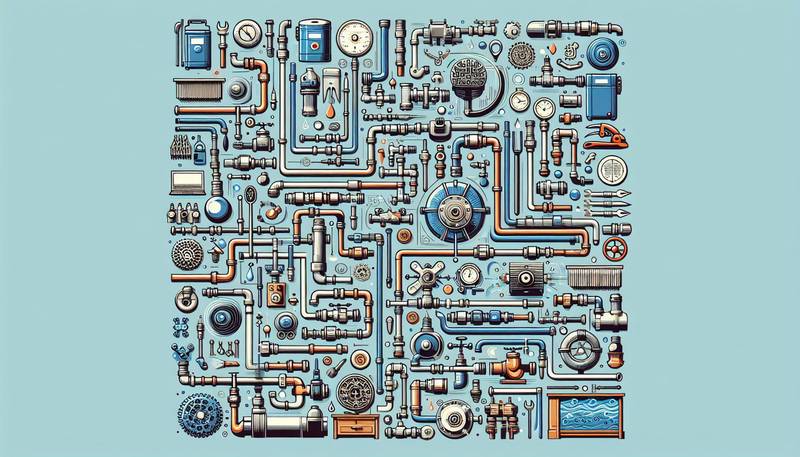Adapting to Climate Change: Plumbing for Weather Resilience
As temperatures rise and rainfall patterns become more erratic, the need for weather-resilient plumbing systems has never been more pressing.
The Importance of Weather-Resilient Plumbing Systems
Plumbing infrastructure plays a fundamental role in maintaining the supply of clean water, managing sewage, and preventing flooding in urban areas. In the face of climate change, traditional plumbing systems are being put to the test, with challenges such as water scarcity, increased demand, and the risk of contamination becoming more pronounced. It is essential for cities to prioritize the adaptation of their plumbing systems to ensure the continued functionality and resilience of this critical infrastructure.
Addressing the Challenges of Climate Change
Climate change presents a range of challenges to plumbing systems that require innovative solutions. Rising temperatures can lead to higher water demand for irrigation, cooling, and domestic use, placing pressure on existing water sources and distribution networks. Moreover, more frequent and intense rainfall events can overwhelm sewage systems, leading to sewage overflows, contamination of water bodies, and increased risk of waterborne diseases. These challenges highlight the urgent need for cities to invest in weather-resilient plumbing infrastructure.
Implementing Green Infrastructure for Resilience
One effective approach to enhancing the resilience of plumbing systems is the implementation of green infrastructure solutions. Green infrastructure, such as rain gardens, bioswales, permeable pavements, and green roofs, helps to manage stormwater runoff, reduce flooding, and improve water quality. By incorporating natural elements into the urban environment, cities can mitigate the impacts of climate change on their plumbing systems and enhance overall resilience to extreme weather events.
Leveraging Advanced Technologies for Efficiency
In addition to green infrastructure, cities can harness the power of advanced technologies to improve the efficiency and resilience of their plumbing systems. Smart meters, sensor technology, and real-time monitoring systems enable better water management, early leak detection, and proactive maintenance, reducing water waste, minimizing damage, and enhancing system reliability. By leveraging these technologies, cities can optimize their plumbing infrastructure for greater resilience in the face of climate change.
Promoting Community Engagement and Education
Community engagement and education are essential components of building weather-resilient plumbing systems. By raising awareness about the impacts of climate change on plumbing infrastructure and promoting sustainable water practices, cities can empower residents to play an active role in adapting to the changing climate. Public education campaigns, workshops, and outreach programs can help foster a culture of water conservation, resilience, and community involvement in building weather-resilient plumbing systems.
Conclusion: Building a Resilient Future
In conclusion, adapting plumbing systems to climate change is critical for building weather resilience in cities. By investing in green infrastructure, leveraging advanced technologies, and promoting community engagement and education, cities can effectively address the challenges posed by climate change and ensure the long-term sustainability of their plumbing infrastructure. With proactive measures and innovative solutions, cities can build a more resilient future that safeguards public health, protects the environment, and enhances the quality of life for all residents.
